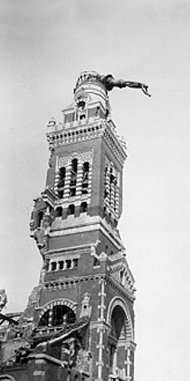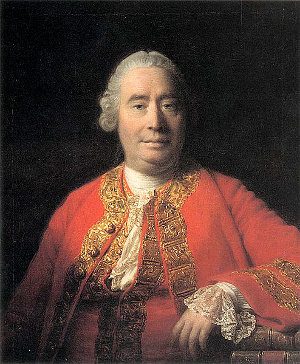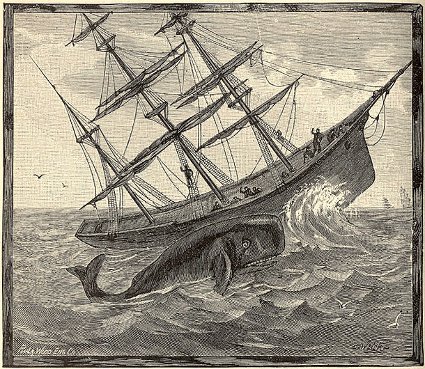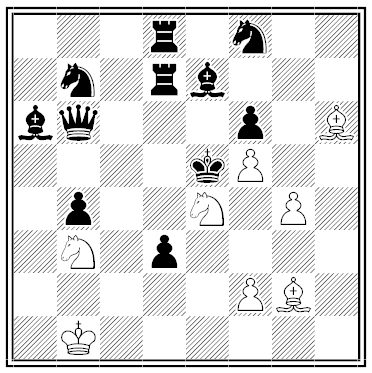
On Jan. 15, 1915, a shell hit the Basilica of Notre-Dame de Brebières in Albert, France. Its crowning statue of Mary and the infant Jesus was flung forward and teetered over the building’s facade, but it did not fall.
“We went through the place today where the Virgin Statue at the top of the Church was hit by a shell in January,” wrote chaplain Rupert Edward Inglis to his wife in October. “The statue was knocked over, but has never fallen, I sent you a picture of it. It really is a wonderful sight. It is incomprehensible how it can have stayed there, but I think it is now lower than when the photograph was taken, and no doubt will come down with the next gale.”
But it didn’t. The virgin remained suspended over Albert for three years, during which British, French, and German forces all invented legends for it, commonly saying that the war would end when it finally fell. They were nearly right: The statue finally came down in April 1918, seven months before the armistice.
The basilica has since been rebuilt, and it bears a replica of the original statue.



